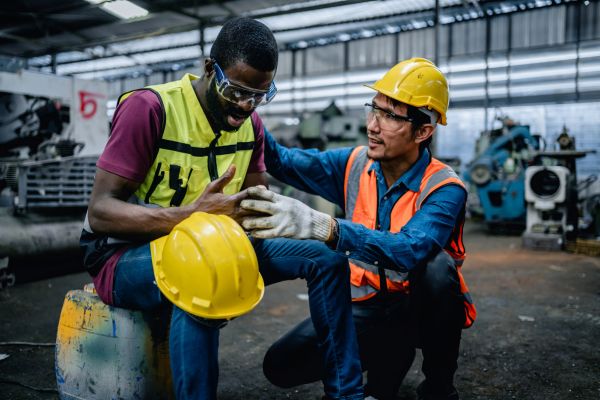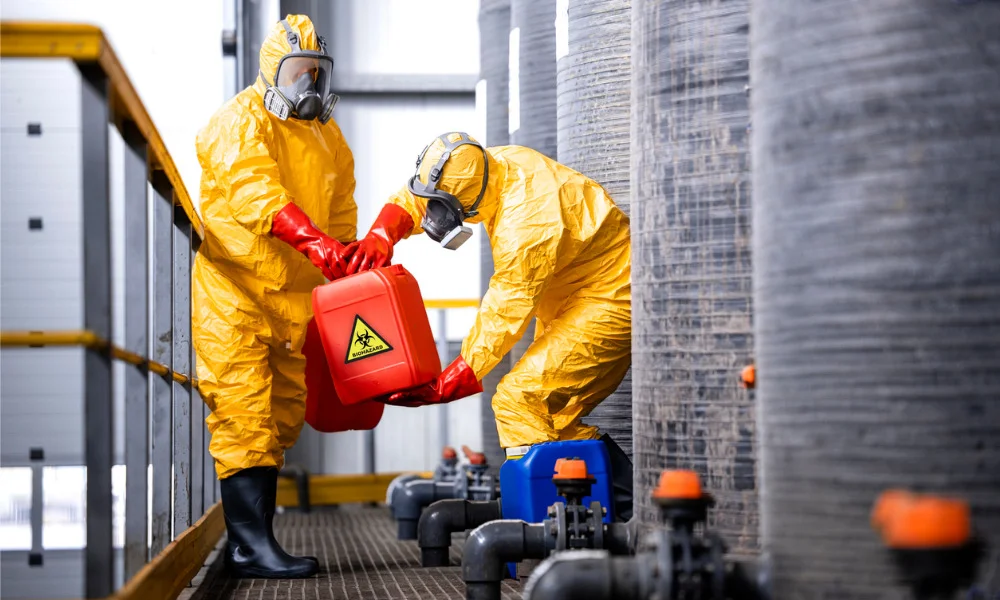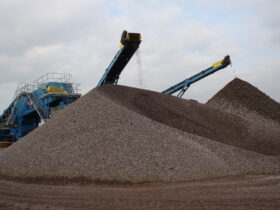In hazardous industries, prevention is always better than reaction. As such, investing in robust safety practices and dust suppression solutions available on sites like bosstek.com not only saves lives but also contributes to long-term operational success and sustainability. Hazardous workspaces are an inherent part of many industries, from construction and manufacturing to mining and chemical processing. While these environments are necessary for economic and industrial progress, they pose significant risks to workers’ safety and health. Identifying and eliminating these risks is not just a regulatory requirement—it’s a moral obligation for employers to ensure a safe and productive work environment. Proactive risk management can reduce accidents, improve employee well-being, and enhance operational efficiency.
Understanding common hazards in the workplace
The first step in mitigating risks is identifying the hazards present in the workspace. Common dangers include exposure to toxic chemicals, heavy machinery accidents, electrical hazards, slips, trips, and falls. In industries like construction, additional risks arise from working at heights or in confined spaces. Hence, by conducting regular safety assessments, employers can pinpoint the risks unique to their worksite. These evaluations often involve inspecting equipment, analyzing workflows, and consulting with workers to uncover hidden or overlooked dangers.
Implementing safety measures and equipment
Once risks have been identified, implementing appropriate safety measures is critical. Personal protective equipment (PPE) such as helmets, gloves, goggles, and respirators is often the first line of defense in hazardous environments. Additionally, engineering controls like ventilation systems, machine guards, and warning alarms can help reduce exposure to risks at their source. Administrative controls, such as enforcing safety protocols and limiting access to high-risk areas, further enhance protection. Combining these measures and dust suppression systems helps create a comprehensive safety framework that minimizes hazards effectively.

The role of training and awareness
Even with safety protocols in place, a lack of training and awareness among workers can exacerbate risks. Employees who aren’t trained properly on safety practices may inadvertently create hazardous situations, such as mishandling equipment or failing to use protective gear. Comprehensive training programs are crucial to ensuring that workers understand the dangers of their environment and know how to mitigate them. It’s therefore important to have regular refresher courses and clear communication of safety protocols to keep awareness levels high and prevent complacency over time.
The value of a safety-first culture
Eliminating risks in hazardous workspaces requires more than just equipment and protocols—it demands a culture of safety. Employers must foster an environment where safety is a priority for everyone, from management to frontline workers. Encouraging open communication about hazards, rewarding adherence to safety practices, and addressing concerns promptly can also help build trust and engagement. When employees feel empowered to take ownership of safety, they are more likely to act responsibly and report potential issues before they escalate.
Managing risks in hazardous workspaces is an ongoing process that requires vigilance, training, and a commitment to safety at every level. By identifying hazards, implementing effective measures, and cultivating a safety-first culture, employers can protect their workforce and create a more efficient, productive environment.








